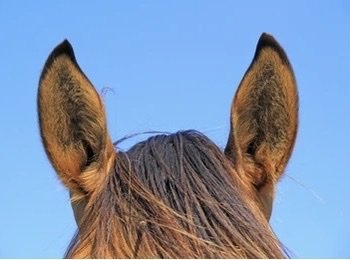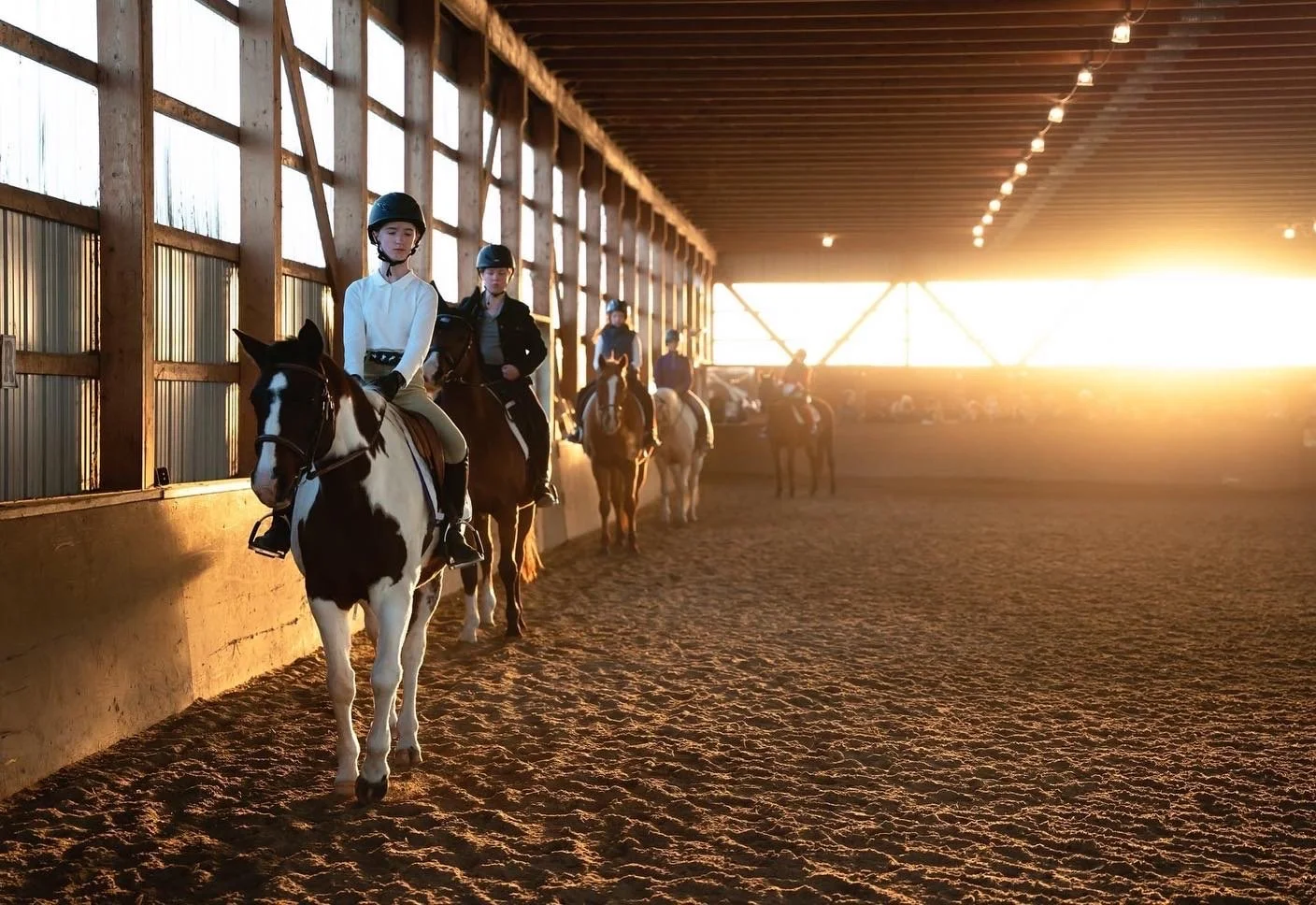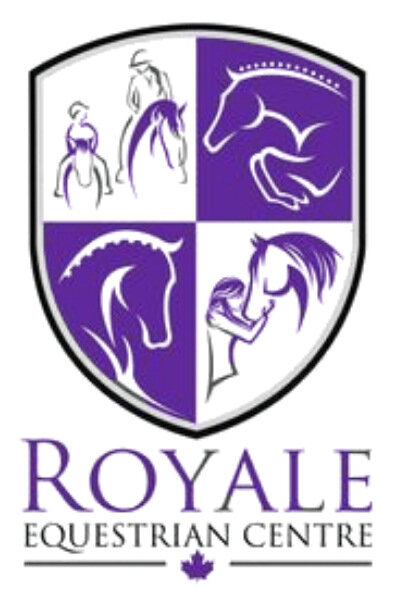
Importance of Helmet Fit
Learn why proper helmet fit is essential for horseback riders of all levels. Discover tips on how to fit, adjust, and replace your riding helmet to stay safe in the saddle

Beyond the Saddle
Beyond the saddle. Building trust and respect with horses is vital to your success and partnership in the saddle.

The Art of Body Clipping: When and Why it Matters for Your Horse
Body Clipping a horse! When should it be done, and why do we do it? Read more to find out.

The Significance of Hairs in a Horse's Ears: To Clip or Not to Clip for Show?
Is it ok to clip the hair inside your horses ears? Find out what these hairs are for and why horses need them!

The Importance of a Horse's Whiskers: Why Trimming Them Has Been Banned
Did you know it’s now banned to trim a horses whiskers? Did you know horse whiskers are considered a sensory organ and can detect changes in the air? Read more to find out why these hairs are so important for your horse!

Understanding Horses Vision and Their Reaction to Solar Eclipses.
Will April 8th Eclipse impact the horses? Read more to find out!

Is Horseback Riding A Real Sport? Don’t you just sit on the horse and the horse does all the work?
One of the unique aspects of horseback riding is the profound bond and partnership that develops between rider and horse. Riders must dedicate time and effort to establish trust, communication, and a mutual understanding with their equine companions. This emotional connection adds an extra layer of depth and intensity to the sport, as riders and horses work together as a team to achieve their goals.

Experience the Thrill of Horseback Riding at Royale Equestrian Center!
Discover the joy of horseback riding for adults and kids at Royale Equestrian Center. We offer horseback riding lessons, birthday parties, summer camps, and more near Ottawa. Explore various disciplines, learn essential exercises, and have fun riding with us!

HOW TO GET THE MOST OUT OF YOUR HORSEBACK RIDING LESSONS
Follow these 10 tips to make the most out of each riding lesson and to drastically improve your skills!

March Break & Summer Camp In Ottawa
March Break and Summer Horse Camp at Royale Equestrian Centre in Barrhaven is perfect for any child that loves animals!!

Types of Riding Lessons Offered at Royale Equestrian Centre in Ottawa
Types of Lessons Offered
Tiny Tots
Group Class for first time youngsters. With an emphasis on building confidence while having fun on horseback. Parents will team up with their child and lead their child’s horse for the duration of the class. Working together to enjoy this fun activity.
Introduction To Horseback Riding
This class is for any rider ages 7+ to adults learning to ride from scratch. This class will include 30 min unmounted education such as handling, grooming, tacking, safety etc. And 30 min riding working on balance, position, steering and control.
Level System at Royale
Once riders graduate our intro program, they move up into our level system.
Each level has 3 stages of development and are classified by the following:
New (N) - Student is new to the level
Established (E) - Student is established at the level but not yet meeting all requirements.
Advanced (A) Student is working on mastering the level and can complete requirments on a variety of horses.
Here is the link to our rider level requirement:
https://docs.google.com/document/d/1PI4kUetmuwoXrE_gf2IF_NGsiQSBP4_v53zgRFZjiUQ/edit?usp=sharing
Levels 1 & 2
Levels 1 & 2 build off each other and are for riders with some prior riding ability. Level 1 all classes continue with the 50/50 horsemanship and riding format.
Level 2 At the discretion of the coach 10 min to 30 min of each class may be used to continue to teach unmounted sessions with the goal of helping riders become independent with tacking up. Riders who are a very solid level 2 A should be able to tack up their own horse independently so they can then arrive to class early to prep their horse. Some basic homework may be assigned by your coach.
Parents are welcome to learn how to tack-up correctly so that they may assist their child in the tacking up process if they are ages 12 and under. Keep an eye out for additional tack up only educational sessions offered at the farm.
Levels 3 - 8
Students are expected to groom and tack up/untack their horses safely and independently before and after each lesson. For riders who choose to learn jumping, lessons will alternate between one week flat/dressage, one week jumping.
Your coach reserves the right to take from 10min to 30min to teach unmounted sessions or review safety/cleanliness etc., as required for the class and may also assign some homework to further develop riders' skills and education.
What will be taught in the lessons?
All lessons are tailored to each group however we do follow the National Equestrian Canada and Certified Horseman’s Association Rider Level System to ensure proper rider education and development. Lessons are designed to be fun, safe, encouraging, confidence building, with enough challenge to help riders work on improving their skills.
Students are expected to meet all the requirements for their level before moving up to the next rider level.

Equipment Needed to Get Started
Equipment Needed to Get Started
Properly fitted horseback riding helmet (bike or other helmets are not permitted)
Riding boots. These can be paddock boots or tall boots.
If purchasing paddock boots, we highly recommend half chaps.
Leggings or breeches.
Riding top, t-shirt, polo shirt, soft shell jacket etc. (hoodies are not permitted as they are unsafe)
Safety Vest is not Mandatory but HIGHLY RECOMENDED
(Rubber boots with a small ½ inch heel are acceptable for children or new riders in their first few lessons however they are not ideal long term as they don’t provide enough flexibility for the ankle and a snug enough fit to help provide a more secure lower leg while riding. In addition, they can also be more slippery against the saddle and uncomfortable).
Safety Vests are always a good idea to be worn by all riders. Decathlon has entry level vests. Greenhawk has Beta 3 vests which are rated for competition requirements.
If you are a level 2+ Rider (in addition to the above items) you will need:
All-purpose saddle pad – Size Horse
Grooming kit that includes:
Hoof pick (one with a brush is best)
Hard Brush, Body Brush, Rubber Curry Comb
Towel, face cloth to clean bits, 2 small sponges for tack cleaning.
Riding Gloves
Standard Riding Crop
Saddle Soap and Conditioner
Level 4 + Riders (in addition to the above items):
Dressage whip
Polos - White is always classy and preferred.
Cowboy Magic for tails and grooming
Pulling Comb
Shedding Blade
Saddle Soap
Leather Conditioner
Sweat Scraper

Benefits of Returning to Horseback Riding as an Adult
Did you ride horses as a child? It’s not too late to get back into horseback riding! Relive your childhood dream and enjoy the many benefits it offers.

A Message from our CEO - Royale Equestrian Centre Anniversary
Royale Equestrian Centre Celebrates July 1st Canada Day Anniversary of the Farm!


Kids Birthday Parties In Ottawa
Horse / Pony Birthday Parties for Kids in Ottawa and Barrhaven
